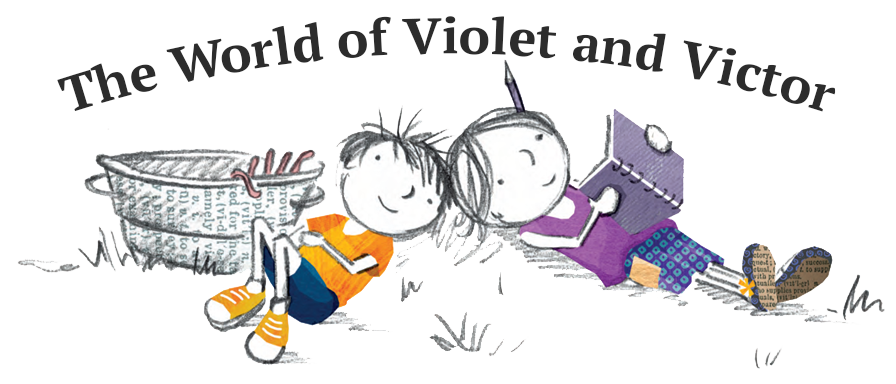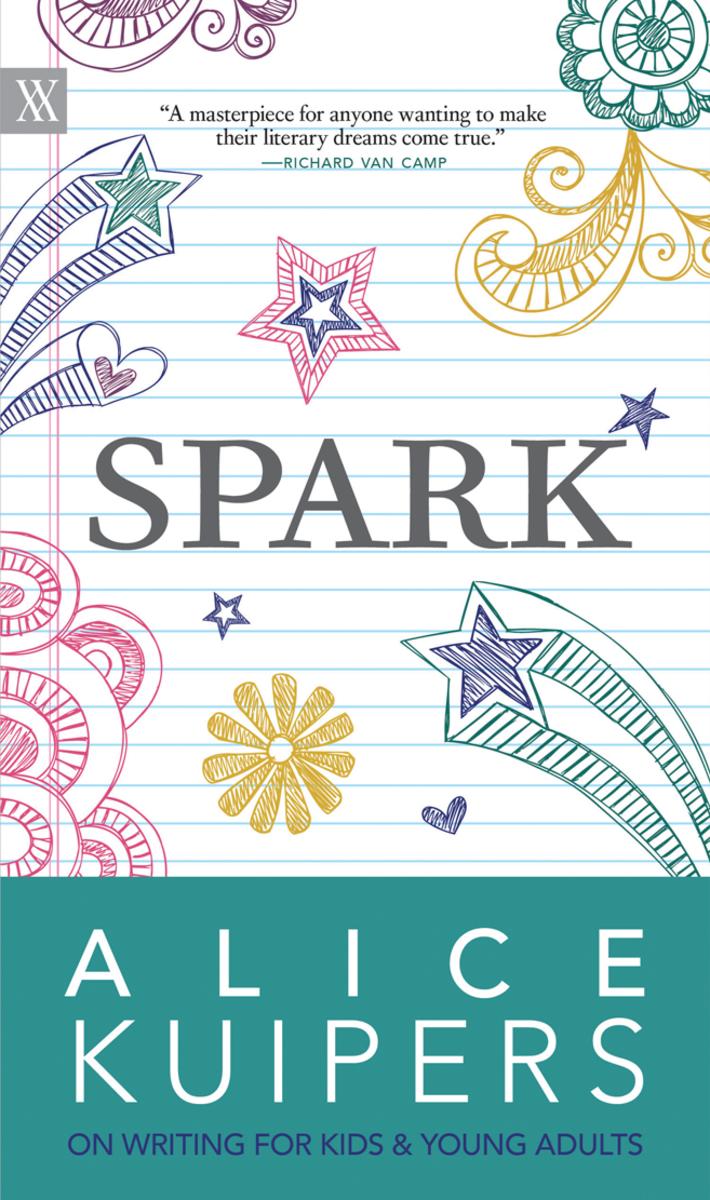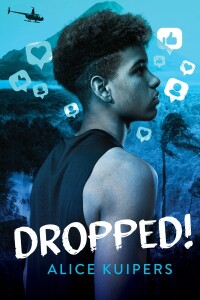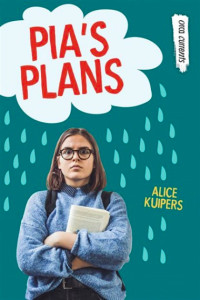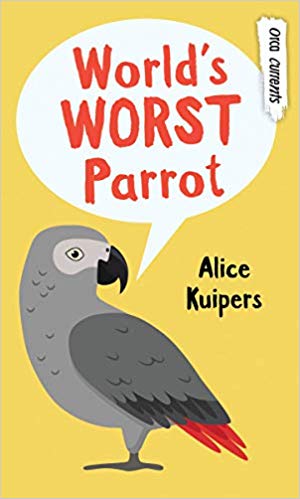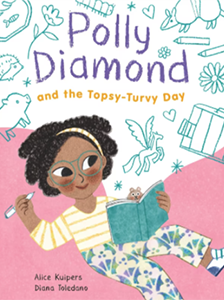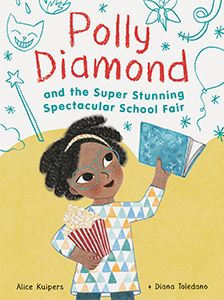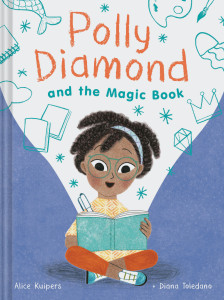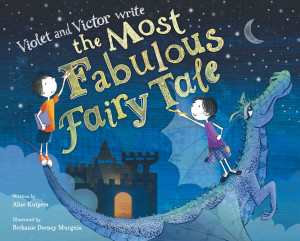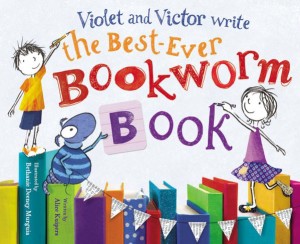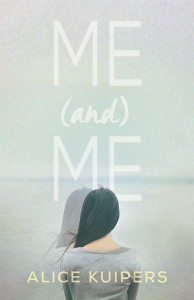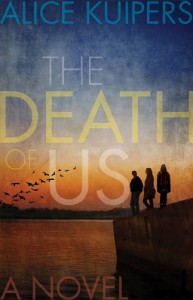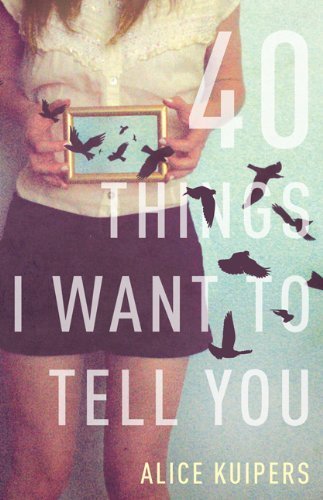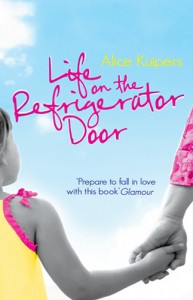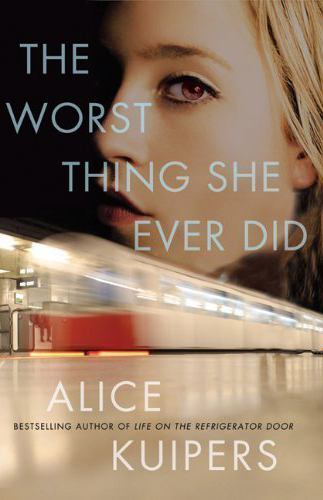Workshop Eleven
This is the first of five workshops focusing on dialogue.
Conversation is one of the key ways we get to know people in real life and on the page. When creative writing teachers, editors and readers say to you SHOW DON’T TELL, and you can’t quite figure out what they mean, one place to look is your dialogue. Dialogue gives you a perfect place to show the reader who your characters are.
Clear, articulate, well-written dialogue gives sound and music to your writing. Your reader hears your characters’ voices in their mind.
There is much to focus on when learning how to write better dialogue, but this first week we’re going to look at how to make your characters sound distinct from each other. Just because you’re the author, doesn’t mean you’re allowed to have every voice sound just like you. It seem obvious that each character you write has to sound DISTINCT, but take a quick glance through anything you’ve written recently where your characters are talking – are there words and phrases that you keep going back to as an author? Moments when it’s hard to tell exactly who’s speaking?
Me too. As a writer, it’s hard to let go of those speech crutches. But my job is to make my characters sound like themselves, not like me.
The best way to make everyone sound different from each other is to actively look out for and notice when your characters sound too similar. Notice words that are unusual that one character might use. Notice if one character speaks more formally and if another is more relaxed.
Next, look for key words, verbal ticks, and ways of talking that fit each character. Use them.
Like this:
“Totally,” said Alissa.
“I’m not sure.”
“We have to. Like, right now.”
“Alissa, you always say that… I’m not-”
“I always say it cos I’m always right.”
“Maybe.”
“We’re totally doing this.” She grabbed my hand. “Stop wasting time.”
Alissa is obviously (totally) enthusiastic and lively, self-confident and ready for anything. She interrupts, uses the words ‘right’ and ‘totally’ and is clear about what she wants. The other character is more hesitant. She pauses, uses words like ‘maybe’ and lets Alissa take control.
Each character has their own way of speaking even though the dialogue is very short. See how writing dialogue is an opportunity for you to make your characters clear to your readers?
One final thing for this week: make sure you USE A LINE BREAK when each different character speaks. It’s a visual clue to a reader that someone else is talking.
This week’s writing prompt:
Three characters – a janitor, a rich woman and someone else (you decide) – are in an elevator when it gets stuck on the thirteenth floor. Write the conversation that follows. Use up to 300 words. Make each character sound DISTINCT.

